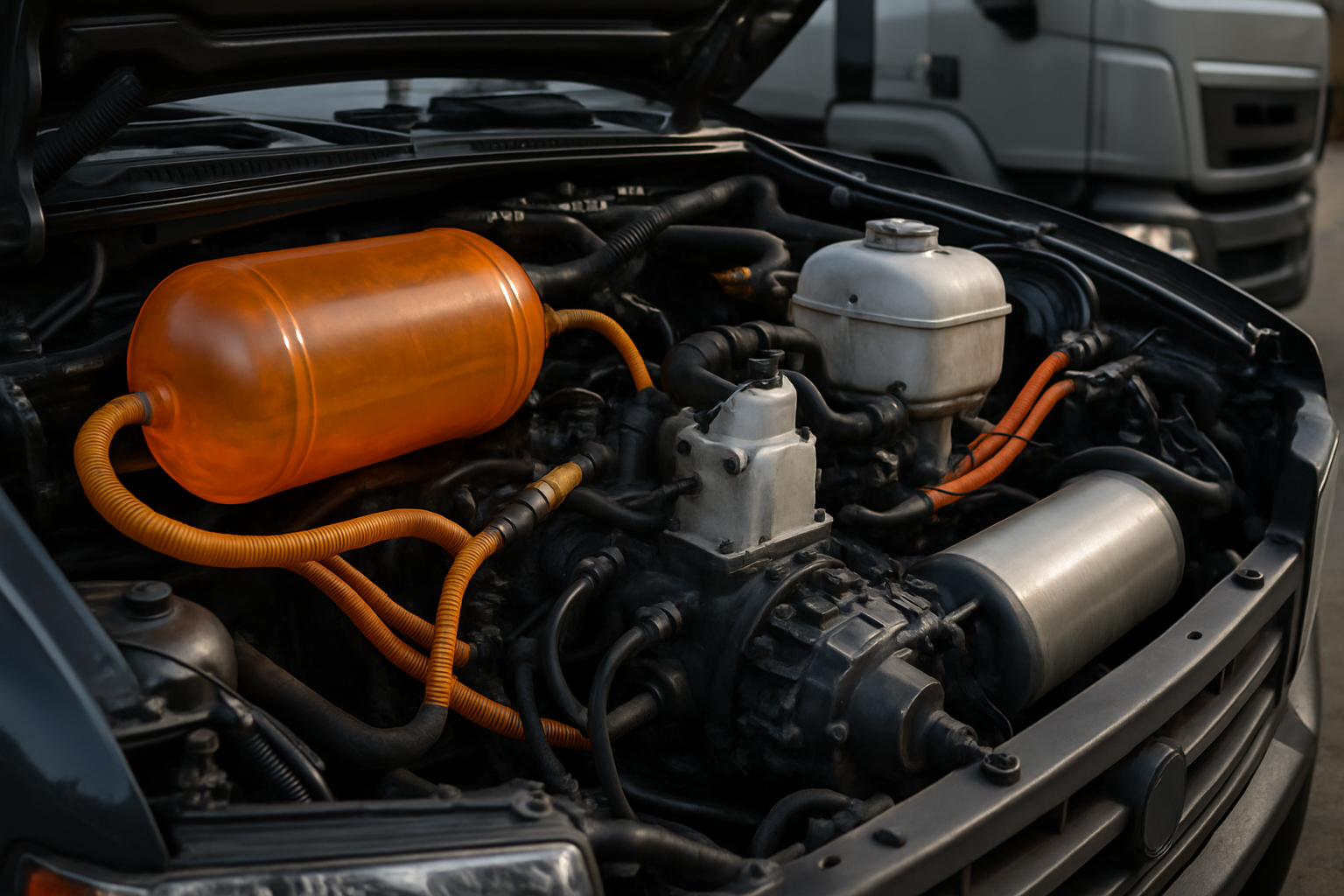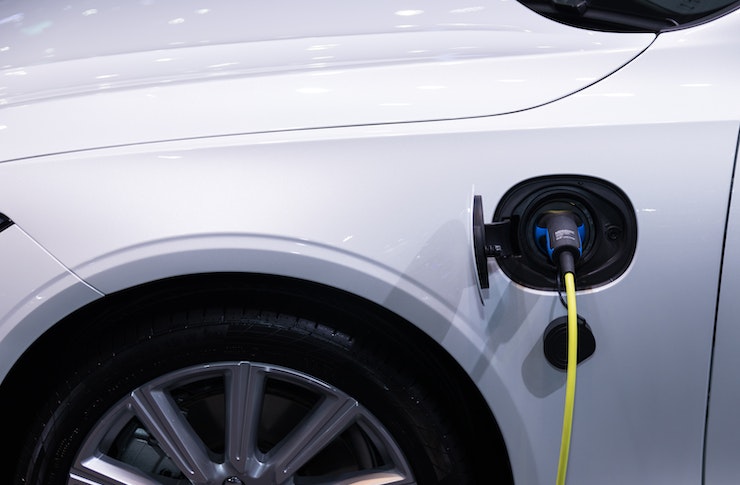Collapsible Auto Enclosure for US Weather and Varied Climates
A collapsible auto enclosure can protect a vehicle from sun, rain, wind, and seasonal hazards while folding away when space is tight. This guide explains materials, weather performance, anchoring, and upkeep, with practical tips for buyers comparing designs for varied US climates and readers seeking portable shelter options in their area.

Collapsible auto enclosures, often called folding or pop up garages, provide portable coverage that deploys quickly and stores compactly. For drivers who lack a permanent garage or need seasonal protection, they can shield paint, trim, and interiors from UV, rain, tree sap, and airborne debris. Performance varies widely by design and materials, and the demands of US weather range from desert heat to lake effect snow and coastal storms. Understanding how frames, fabrics, and anchoring systems interact with climate is essential before you buy or set one up in your area.
What is a Foldable Car Garage?
A Foldable Car Garage uses a hinged or telescoping frame with a fabric cover to create a temporary shelter over a vehicle. Frames are commonly powder coated steel for rigidity or aluminum for lighter weight and corrosion resistance. Covers are typically polyethylene or PVC, with seams that are heat welded or stitched and taped. Look for UV resistance ratings, fire retardant certification where required, and ventilation features that reduce condensation. Door styles range from zip panels to roll up ends, and some models add side windows for airflow.
Compared with rigid structures, foldable designs set up faster and can be packed away to reclaim driveway or yard space. Their tradeoffs include lower structural capacity and the need for diligent anchoring and maintenance. When sized correctly and secured properly, they offer a practical balance of convenience and protection for vehicles, motorcycles, small boats, and equipment, especially where permanent construction is not feasible or would require permits.
Foldable Car Garage USA climate factors
Weather and exposure dictate which specifications matter most. In hot, high UV regions such as the Southwest, choose heavier gauge fabric with strong UV inhibitors and light colors that reflect heat. In snow zones, prioritize snow shedding roof angles, reinforced rafters, and a routine for safely removing accumulation after storms. Wind prone areas call for robust ground anchors, cross bracing, and tensioning that prevents flapping, which can fatigue fabric and hardware over time.
Coastal environments challenge materials with salt laden air. Favor aluminum frames or well coated steel and rinse metal parts periodically. PVC covers generally outlast basic polyethylene in marine climates due to better plasticizer formulations and thicker membranes, though weight and cost may increase. In humid regions, ventilation matters as much as waterproofing. Roof vents, mesh panels, or gap design at the eaves help limit condensation that can lead to mildew on soft tops and interiors.
Local rules and site conditions also matter. Some municipalities and homeowners associations regulate temporary structures. Before purchase, review setback, height, and fire safety rules and verify whether a temporary shelter is permitted. If you plan to use local services for installation in your area, ask about anchoring options suited to soil or concrete and whether wind or snow exposure in your microclimate demands upgrades.
Foldable Car Garage US setup and upkeep
A stable base is the backbone of performance. On concrete or pavers, expansion anchors and base plates provide reliable hold. On soil or gravel, use spiral ground anchors rated for expected winds and consider additional tie downs. Level the footprint, add a compacted gravel layer for drainage where possible, and position the enclosure to shed water away from the vehicle. Avoid placement under limbs prone to dropping ice or branches.
Assembly practices affect longevity. Tighten frame fasteners to spec, square the structure before tensioning, and align the cover so it tracks smoothly when opening and closing. Keep fabric taught but not overstressed to prevent abrasion at frame contact points. In winter, remove snow with a soft brush from the outside, working evenly to avoid point loads. In storms forecast with high winds, close and secure doors, check tie downs, and stow loose items that could become projectiles.
Routine care extends service life. Rinse salt and dust, wash covers with mild soap, avoid harsh solvents, and protect zippers with silicone or wax. Inspect for chafe spots where fabric meets metal and add protective sleeves or tape. Recoat steel chips promptly to prevent rust creep. Periodically retension anchors, especially after freeze thaw cycles or heavy weather. When storing the unit, dry the cover completely and keep it in a cool, shaded place to preserve coatings and prevent sticking layers.
Sizing and features influence day to day usability. Measure length, width, height, and door clearance with mirrors extended and account for opening arcs to ensure the enclosure can fully close. Extra width makes entry easier and reduces scuffing. Side vents, clear panels for daylight, and gutter flaps improve comfort and reduce moisture. For frequent access, consider a model with center support arches that do not obstruct door swing, and check that the opening mechanism is smooth enough for one person to operate.
Sustainability and lifespan considerations vary by material. Heavier PVC often lasts longer, reducing replacement frequency, but may require care in colder temperatures to prevent cracking if folded when stiff. Polyethylene is lighter and easier to move but generally weathers sooner under strong sun. Proper anchoring minimizes damage risk, which protects both your vehicle and surrounding property during wind events. A practical aim is to match materials and maintenance to the demands of your climate rather than seeking a one size fits all enclosure.
In diverse US conditions, a well matched folding garage offers meaningful protection without permanent construction. By weighing climate loads, site specifics, and upkeep commitments, you can select a design that remains stable in wind, sheds water efficiently, manages heat and moisture, and stores compactly when not in use. Thoughtful setup and regular care are the difference between a short lived shelter and a dependable, portable enclosure across seasons.




